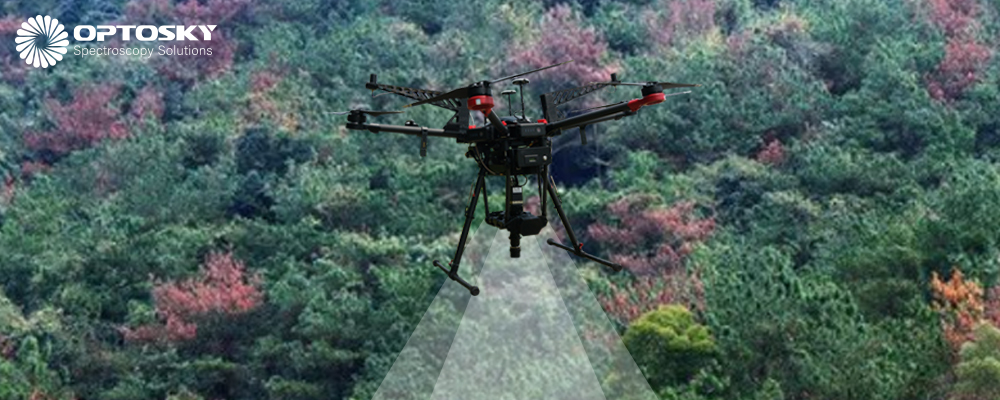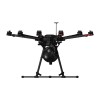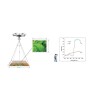Using UAV Hyperspectral Imagery and LiDAR Data to Detect Pine Wilt Disease
Drone remote sensing is efficient and flexible, and can be equipped with high-resolution remote sensing sensors. In addition, lidar can accurately collect three-dimensional information of the target, greatly enhancing its potential in forest health monitoring.
Pine wood nematode disease (PWD), known as pine wilt disease, is a devastating forest disease caused by pine wood nematode (Bursaphelenchus xylophilus). Since its introduction into China in 1982, PWD has spread rapidly, resulting in the death of a large number of pine trees. Currently, PWD management strategies are based primarily on controlling dead trees through fumigation, burning and felling after an outbreak. Therefore, it is imperative to establish an effective method to accurately monitor and predict the occurrence of diseases and insect pests of pine wood. Drone remote sensing is efficient and flexible, and can be equipped with high-resolution remote sensing sensors. In addition, lidar can accurately collect three-dimensional information of the target, greatly enhancing its potential in forest health monitoring.
Pine wood nematode disease (PINE wood nematode disease) (5 stages, including green, early, intermediate, severe and gray) was monitored using hyperspectral data and radar data, and the ability of hyperspectral method, lidar and their combination to predict different stages of pine wood nematode disease was evaluated using random forest algorithm.
The results showed that the prediction accuracy of hyperspectral data for different stages of pine wood nematode disease was higher than that of lidar data, and the combined prediction accuracy of hyperspectral data and lidar data was the highest,The UAV-based system, which combines hyperspectral and lidar sensors, has great potential for early PWD monitoring to prevent the spread and spread of PWD.




















Comments: 0
No comments